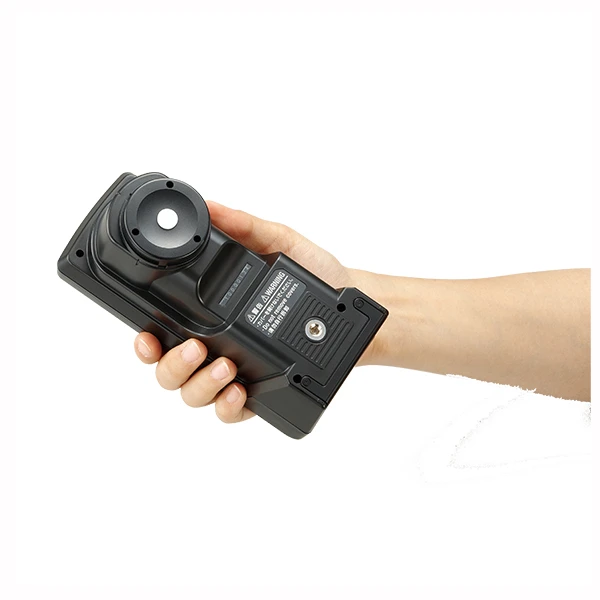What Is Color Rendering Index in Lighting?

CRI is an objective quantification of the color rendering ability of a light source, to reveal the colors of various objects faithfully in comparison with an ideal or natural light source.
What is CRI? Color rendering index or CRI is an objective quantification of the color rendering ability of a light source, to reveal the colors of various objects faithfully in comparison with an ideal or natural light source. The standard color rendering indices (Ri) consist of 8 general sample colors (R1 to R8) which are low-chroma (saturation) colors. There is also a set of special color rendering indices which consist of 7 colors (R9 to R15), which are realistic colors like red, yellow, green, blue, Caucasian skin color, tree leave green and Asian skin color respectively.
The average color rendering index (Ra) is computed base on the average of all standard color rendering indices (R1 to R8). The highest possible for each individual CRI is 100 and dropping to negative values for certain light sources (e.g. low pressure sodium lighting). This rating describes how a light source makes the color of an object appear to human eyes and how well subtle variations in color shades are revealed. The higher the CRI rating is, the better its color rendering ability.
An example of the usefulness of CRI, red is a very common color we see daily, if a light source cannot render red correctly, things that are reddish will turn dull. For instance stage lighting use for theatrical or filming a show/movie, imagine the actors spend a lot of time in the makeup room having the makeup artist beautifying them to look good on stage or screen, but due to poor color rendition of the light source the faces of the actors will look pale or may even look greenish. To ensure good color rendering of facial color, the CRI rating for R15 (Asian skin color) or R9 (Red) should be at least 80 and above.
Misconception A common misconception is that color rendering index and color temperature both describes the same properties of the lamp. The color rendering index of a light source does not indicate the appearance color of the light source. It is not another color space for defining color like color temperature. Hence it is possible to have two light sources having the same color temperature, but having totally different color rendering capability.
Instrumentation The proper measurement of CRI is a precise and complex science. CRI provide information for a diverse range of applications on how lighting is used, but being able to quantitatively measure CRI can be extremely difficult without the proper tools. In Konica Minolta, our portable Illuminance Spectrophotometer CL-500A provides a quick assessment of CRI with accuracy. With light measurement technology, CL-500A comes with advanced features for illuminance, color temperature and CRI measurement. Its main applications involved in measurement and evaluation of LEDs, organic EL sources, fluorescent lamps, stage lightings, event lightings, TV studios, projectors and agriculture lightings and etc.
For more information about CRI and CL-500A, contact us at +65 6895 8685 or drop us an email at ssg@gcp.konicaminolta.com to find out more.
About the Author: Garie Xu
Garie Xu is the Sales Engineer of Konica Minolta Sensing Singapore Pte Ltd. Graduated from a manufacturing engineering background, he is mainly involved in sales, seminar, training and coaching in the field of light and color management. With his prior 3 years’ experience in the oil and gas industry and 2 years in Konica Minolta, he is providing solutions to the many industrial applications. He has also conducted seminars and workshops to educate the industry on instrumentation technologies and color science.

